Sloped garden design with big challenge
daysquid
11 years ago
Featured Answer
Comments (52)
daysquid
11 years agolast modified: 9 years agokarinl
11 years agolast modified: 9 years agoRelated Professionals
Arlington Landscape Architects & Landscape Designers · Arnold Landscape Architects & Landscape Designers · Wareham Landscape Architects & Landscape Designers · Barrington Landscape Contractors · Braintree Landscape Contractors · Palos Verdes Estates Landscape Contractors · Rancho Santa Margarita Landscape Contractors · Riverview Landscape Contractors · Rockville Landscape Contractors · Sun City Center Landscape Contractors · Waltham Landscape Contractors · Tyngsboro Landscape Contractors · Lincoln Decks, Patios & Outdoor Enclosures · San Dimas Swimming Pool Builders · Rocky Point Swimming Pool BuildersMike Larkin
11 years agolast modified: 9 years agoYardvaark
11 years agolast modified: 9 years agodaysquid
11 years agolast modified: 9 years agodaysquid
11 years agolast modified: 9 years agodaysquid
11 years agolast modified: 9 years agorosiew
11 years agolast modified: 9 years agodaysquid
11 years agolast modified: 9 years agodaysquid
11 years agolast modified: 9 years agodaysquid
11 years agolast modified: 9 years agorosiew
11 years agolast modified: 9 years agodaysquid
11 years agolast modified: 9 years agokarinl
11 years agolast modified: 9 years agodaysquid
11 years agolast modified: 9 years agodaysquid
11 years agolast modified: 9 years agodrtygrl
11 years agolast modified: 9 years agodaysquid
11 years agolast modified: 9 years agodaysquid
11 years agolast modified: 9 years agokarinl
11 years agolast modified: 9 years agodaysquid
11 years agolast modified: 9 years agodaysquid
11 years agolast modified: 9 years agoadriennemb2
11 years agolast modified: 9 years agodaysquid
11 years agolast modified: 9 years agoFori
11 years agolast modified: 9 years agokarinl
11 years agolast modified: 9 years agodaysquid
11 years agolast modified: 9 years agodaysquid
11 years agolast modified: 9 years agorosiew
11 years agolast modified: 9 years agodaysquid
11 years agolast modified: 9 years agodaysquid
11 years agolast modified: 9 years agodaysquid
11 years agolast modified: 9 years agokarinl
11 years agolast modified: 9 years agodaysquid
11 years agolast modified: 9 years agotimbu
11 years agolast modified: 9 years agodaysquid
11 years agolast modified: 9 years agotimbu
11 years agolast modified: 9 years agodaysquid
11 years agolast modified: 9 years agodaysquid
11 years agolast modified: 9 years agodaysquid
11 years agolast modified: 9 years agotimbu
11 years agolast modified: 9 years agodaysquid
11 years agolast modified: 9 years agotimbu
11 years agolast modified: 9 years agodaysquid
11 years agolast modified: 9 years agotimbu
11 years agolast modified: 9 years agodaysquid
11 years agolast modified: 9 years agolaurell
11 years agolast modified: 9 years agodaysquid
11 years agolast modified: 9 years agoank prikop
7 years ago
Related Stories
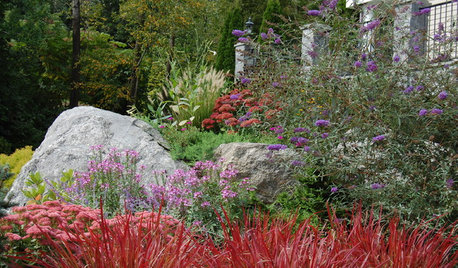
LANDSCAPE DESIGNHow to Design a Great Garden on a Sloped Lot
Get a designer's tips for turning a hillside yard into the beautiful garden you’ve been dreaming of
Full Story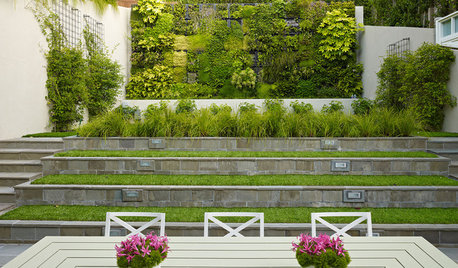
LANDSCAPE DESIGN11 Design Solutions for Sloping Backyards
Hit the garden slopes running with these bright ideas for terraces, zones, paths and more
Full Story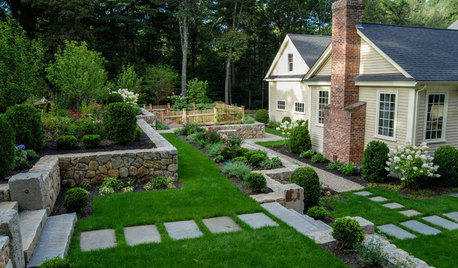
LANDSCAPE DESIGN10 Creative Ways to Work With a Sloped Lot
A slanted yard may be challenging, but it also provides opportunities for beauty and fun
Full Story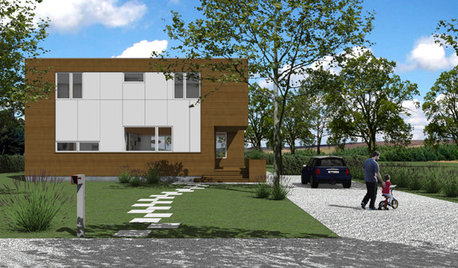
ARCHITECTURE3 Home Design Solutions to Challenging Building Lots
You don't need to throw in the towel on an irregular homesite; today's designers are finding innovative ways to rise to the challenge
Full Story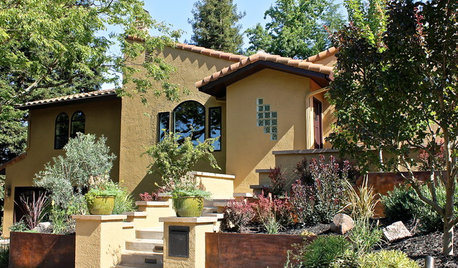
LANDSCAPE DESIGNLandscaping Magic Fixes a Dangerous Sloped Yard
It had scary parking, a confusing entry and erosion issues. See how this steep California landscape gained safety, beauty and clarity
Full Story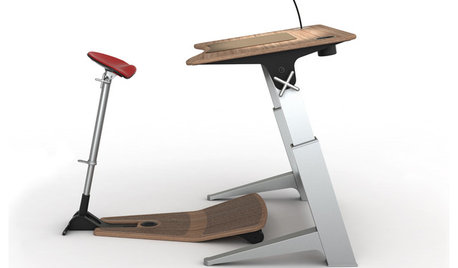
HOME OFFICESStand-Up Desks Rise to Health Challenges
Sitting all day may be wrecking your health. Are you going to stand for that?
Full Story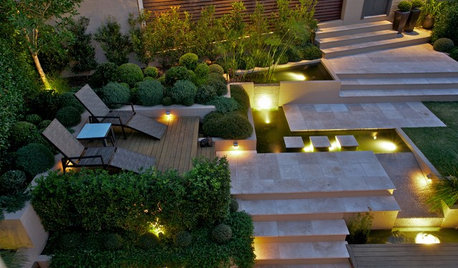
LANDSCAPE DESIGNGarden Levels Transform a Steep Slope in Australia
From unusable to incredible, this outdoor area now has tumbled travertine, water features and mod greenery
Full Story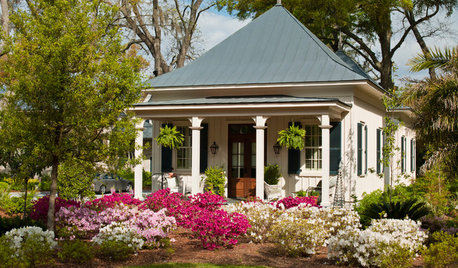
SMALL SPACES8 Challenges of Cottage Living
‘Small rooms or dwellings discipline the mind,’ Leonardo da Vinci once said. Just how much discipline can you handle?
Full Story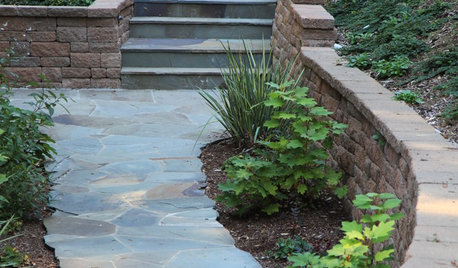
GARDENING AND LANDSCAPINGSteeply Beautiful Slope Retention
Don't let things slide or give in to sandbags and cement. These slope retention ideas will keep your landscape hitting the high notes
Full StoryMore Discussions








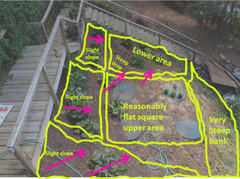
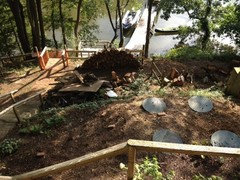
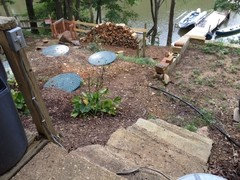
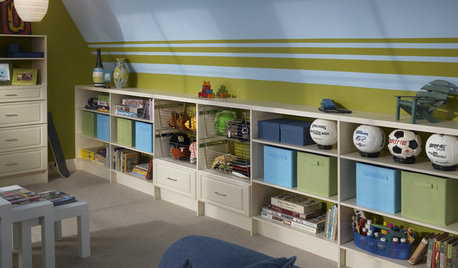
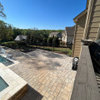


duluthinbloomz4